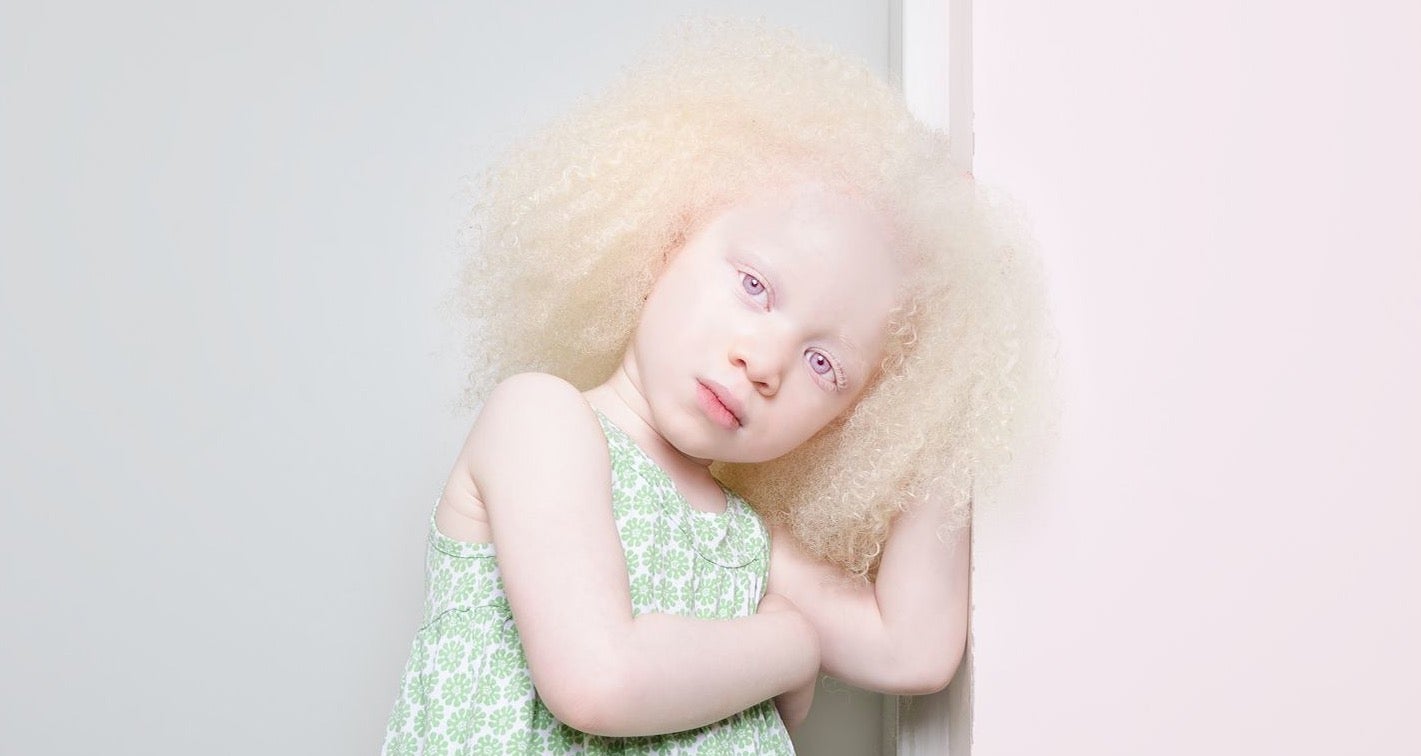3. Be a good (reading) example
4. Word Families
 |
There is more and more talk among parents about spending quality time with their kids. However, some parents believe that an hour of quality time is sufficient and that nothing more needs to be done. If the hour was a productive one such as going out to eat, watching TV. together, or going to the movies, parents seem to be satisfied with that. However, quality time involves more than just an hour a day because an hour is a relatively short period of time and doesn't allow for in depth bonding.
It is that bonding that makes spending quality time with the kids important. It is a time where the parent can show their child things, do fun activities together, and even teach their children values. When a child is not getting to spend time with their parents, they are constantly getting mixed signals regarding right and wrong. What the babysitter may consider to be right might be considered wrong by mom and dad, so the child may feel like they are constantly getting in trouble with their parents when they are all together. However, quality time isn't just to do things such as going to the park or going to the movies. Sure, that is a lot of fun and kids will love you for it, but quality time is comprised of so much more than impressing the kids with fun things to do. It is an unfortunate fact that some parents are so into making up the time that is lost throughout the week by doing huge fun things like going to an amusement park, that they forget about things such as school work and other important things. A dad that brags about spending quality time with his kids by taking them to Disney World one day may not know how the kids are doing in school. That is why quality time should also consist of helping the kids with their school work. By setting aside a time in which you can be available while the kids do homework can mean so much to them. If they have a question and you can be proactive in helping them find the answer, they will feel so great when they see the answer before their eyes. It is such a great feeling to be struggling and mom and dad help find the solution rather than give the answer. This teaches problem-solving skills which are skills that parents should instill in their children. Something else that parents should avoid is being peers instead of parents. Many parents are concerned with being their children's best friend. Sure, that can be a great feeling when your child feels like you're the greatest thing in the world, but it is important to maintain that parenting role even when hanging out with the kids. It keeps that degree of respect that needs to be there. As for parents looking for a way to spend time with the kids, there are creative ways in which it can be done. First of all, write down your schedule and see if there is any way to make modifications to it. If there is, try to set aside the same times every single week in order to create a routine with the family. This is a great way to make sure no one else in the family schedules other activities during these times. If one of the children's friends asks, "want to come over Thursday after school?" Your child can let them know they can't because it is family night. There are many ways in which a parent can spend time with their kids. All it takes is a few modifications and some great ideas.
Published by : AliaSaharuddin
|
 Besides giving your skin, eyes, and hair its color, melanin helps protect your skin from the sun. You know how a person's skin gets darker after hanging out at the beach? That's your melanin at work, darkening your skin to give it more protection from the sun's rays. So, without enough melanin, your skin won't be able to protect itself. Kids with albinism can get sunburned very easily.
Besides giving your skin, eyes, and hair its color, melanin helps protect your skin from the sun. You know how a person's skin gets darker after hanging out at the beach? That's your melanin at work, darkening your skin to give it more protection from the sun's rays. So, without enough melanin, your skin won't be able to protect itself. Kids with albinism can get sunburned very easily.
